Resources for Quantitative Data Analysis
This page lists some of the resources I have found useful for learning and/or sharpening quantitative analytic skills. In most cases, I like these resources because they provide fairly comprehensive treatments while still offering clear explanations (even for the non-technical reader).
Free Resources
StatSoft Electronic Statistics Textbook
This text offers a useful summary of a variety of statistical concepts and techniques. Because it is digital, it is easy to search and click to the topic you are interested in.
This website offers numerous examples of statistical techniques, worked out using R, SAS, SPSS, and Stata. Examples typically include data that can be downloaded so that you can work along with the example.
Texts I Recommend (not free)
Linear Regression
Using Econometrics: A Practical Guide
A.H. Studenmund
I find this text clear and well-written. It lays out the basic assumptions of the linear (OLS) model, details how they can be violated, and how to fix the problem. You probably don’t need the most recent edition.
Categorical Data Analysis
Logistic Regression Using SAS (2012)
Paul Allison
This text offers a good introduction to the various types of logistic regression (binary outcomes, ordinal outcomes, etc.) and includes many well-explained and interpreted examples. Even if you don’t use SAS, this is a great book for learning about logistic regression, or deepening the understanding you already have.
Panel Data Analysis
Fixed Effects Regression Models (2009)
Paul Allison
Fixed effects models are useful for controlling for unobserved variables that might bias your estimates. This is a short but clear summary of fixed effects regression techniques for continuous, binary, ordinal, count, and time-to-event data, along with examples in Stata (code in the back of the book). Also features a great section on estimating fixed effects regression models using structural equation modeling software.
Time to Event Data Analysis
Survival Analysis Using SAS (2010)
Paul Allison
This text offers a thorough but accessible introduction to survival analysis, even for those who don’t use SAS. The concepts are well-explained, and illustrated with plenty of examples.
Missing Data
Applied Missing Data Analysis (2010)
Craig Enders
This book gives a thorough but well-explained introduction to both multiple imputation and maximum likelihood approaches to missing data handling. It builds knowledge one step at a time, and provides plenty of examples. I particularly like its chapter on maximum likelihood estimation, which is one of the best explanations of the topic that I’ve read.


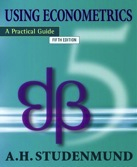
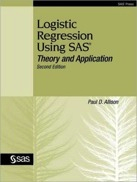
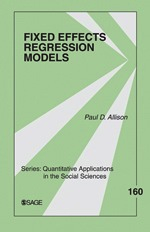
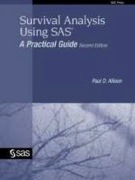
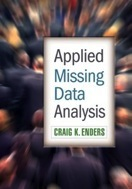
Resources for Quantitative Data Analysis: Documents
This is a short document listing a few good resources for learning how to analyze data with missing values.